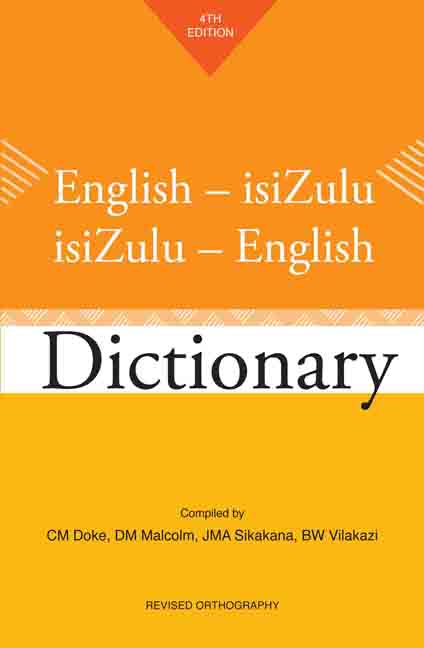Preface to the Fourth Edition
Published online by Cambridge University Press: 20 April 2018
Summary
ORTHOGRAPHY
A newly revised isiZulu orthography has been introduced in this Fourth Edition in line with the approved PanSALB (2008) orthography.
b has given way to bh when used at the beginning of a syllable, but remains as b when it appears in a cluster. Examples are ibhokisi, umbhali, imbeleko and izimbali.
6 has now given way to b.
The phonetic symbol for c is now indicated as [/], rather than Doke's [sk].
The phonetic symbol for q is now [!], no longer Doke's [ck].
The phonetic symbol for x is now [//]. No longer the Dokean [bk].
Dokes’ hh is now used in the new orthography. Examples are ihhashi and ihhotela.
The hyphen that separated the parts of speech forming a compound in isiZulu has been removed. Examples are ububhaxa-bhaxa > ububhaxabhaxa; umqoqi-zitembu > umqoqizitembu and ubucwazi-cwazi > ubucwazicwazi.
Vowels that were following each other have now been separated by a hyphen. An example is wase Afrika > wase-Afrika.
Capital letters, especially for days of the week and names of regiments, have been corrected, for example umsombuluko > uMsombuluko; imBokodwebomvu > iMbokodwebomvu.
Demonstrative pronouns and the nouns have been separated. For example, lomuntu is now lo muntu, lesisithombe is now lesi sithombe. Where these were separated by a hyphen, the hyphen has now been removed.
Some words that are not politically correct have been removed or corrected. For example, Amakula abhansela bonke abathenga kuwo > AmaNdiya abhansela bonke abathenga kuwo; Kaffircorn porridge (idokwe lamabele) > corn porridge (idokwe lamabele).
- Type
- Chapter
- Information
- English-isiZulu / isiZulu-English DictionaryFourth Edition, pp. viiPublisher: Wits University PressPrint publication year: 2014



